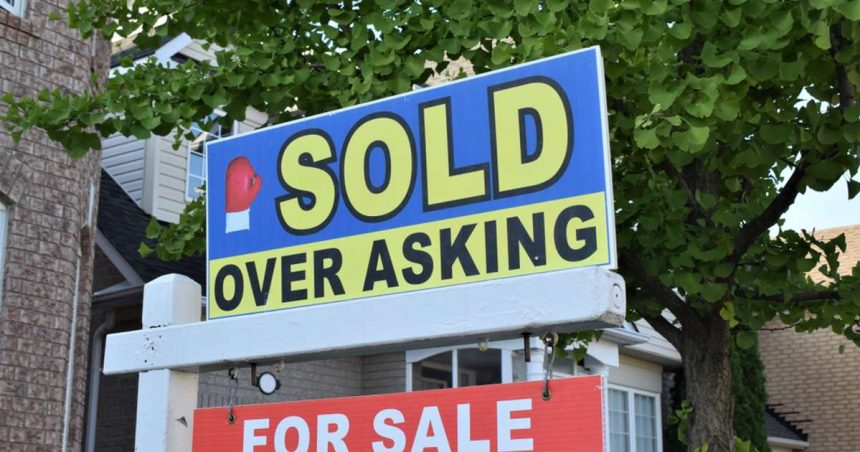Chewing up your super savings to put a down payment on a home could bring up property prices in the long run, a new report warns.
In an independent report commissioned by the Super Members Council, economic advisor Saul Eslake took a deep dive into the sorry state of the nation’s housing market and the decades of ‘demand-side’ policies that have driven home prices through the roof.
The list of poor policy choices might be long, but Eslake warned that Liberal’s latest scheme allowing Aussies to withdraw up to 40 per cent of their superannuation for a home deposit could be the worst of them all.
“We have 60 years of history, which unambiguously tells us, anything that allows Australians to pay more for housing than they otherwise could leads to more expensive housing and not more homeowners,” he said.
“Of all the demand-fuelling housing policies, the Coalition’s super for housing policy would be the biggest – it can only lead to higher prices.”
“If super for house was introduced, it would be one of the worst public policy decisions in the last six decades.”
To make his case, the economist pointed toward 17 years of evidence across the Ditch to a similar New Zealand scheme – the KiwiSaver.
Allowing buyers to withdraw their super early for deposits in the hopes of getting buyers’ foot in the door, Eslake found that the initiative actually had the opposite effect on the market, with homeownership rates declining 5.7 per cent for people in their early 30s and 2.1 per cent overall.
“Advice given by New Zealand’s Treasury said the benefit of KiwiSaver would go to sellers in a supply-constrained market, and that’s exactly what has occurred. There are fewer homeowners since the scheme’s introduction,” Mr Eslake said.
“In New Zealand, house price spikes coincide with periods in which the volumes of withdrawals from KiwiSaver accounts have rapidly risen.”
The need to carry additional cash has also harmed returns for KiwiSaver members, meaning it has returned less than the Australian MySuper members for the last ten years. This difference in investment returns could mean $130,000 less at retirement.
Making affordability worse for younger Aussies
Eslake also argued that the very foundations of the proposed super scheme were flawed, instead leaning heavily in favour of older and wealthier non-homeowners with more super to leverage over younger Aussies.
According to the report, 78 per cent of single buyers aged between 25 and 34 could only withdraw up to $20,000 under the scheme, while the media couple aged between 45 and 65 would spend an extra $400,000, assuming this was their first home.
“It would do little for the people who are most in need of assistance in order to become homeowners and would do most for those who need it least,” added Eslake.
“And depending on the number of homeowners who accessed the scheme, the impact on prices could be far greater than first homeowner grants.”
And to top it all off, the scheme would also see those who drained their super to enter the already inflated market retiring with less cash in the bank, forcing future generations to rely more on the taxpayer-funded age pension.
Instead of looking toward raiding the Australian retirement fund, Mr Eslake suggested that the government focus its efforts on increasing the housing supply in the coming years.
“Super for housing would just make the affordability crisis worse,” he concluded.







